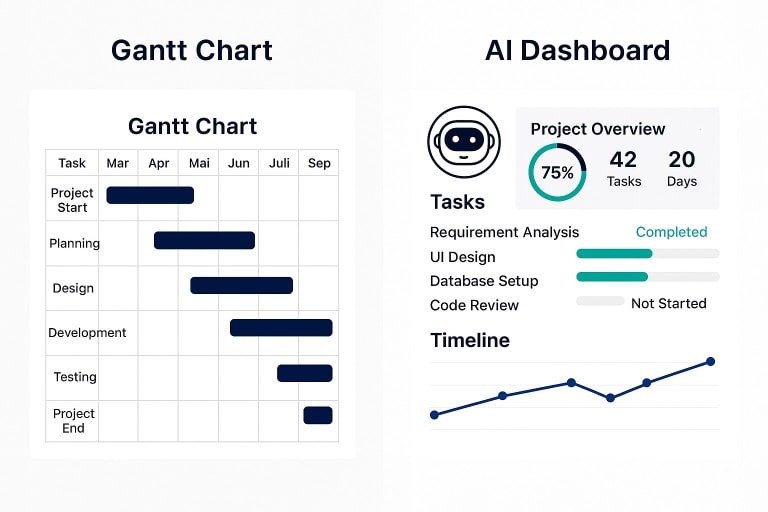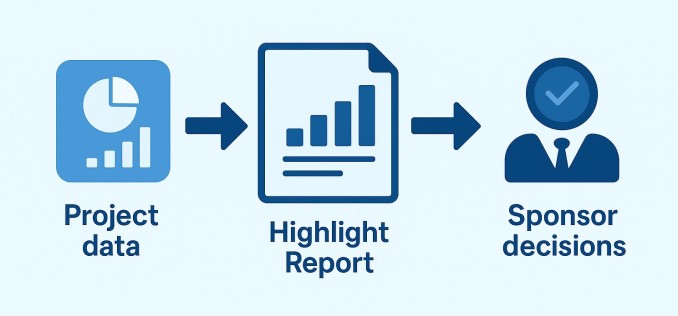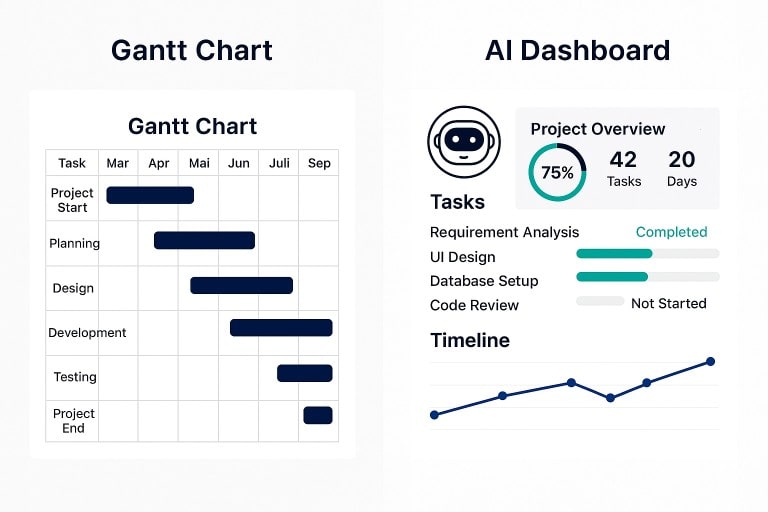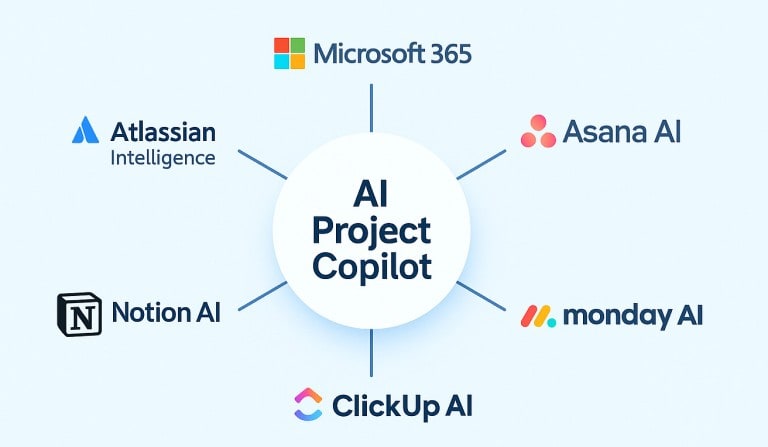
Uncertainty is not new in project management, but in today’s world, the scale and frequency of disruptions demand a different mindset. Financial crises, global pandemics, political upheavals like Brexit and Trump-era shifts, and ongoing conflicts such as the wars in Ukraine and the Middle East create volatile environments where traditional linear planning often fails. Project managers need to adapt, lead with resilience, and keep delivery moving forward in the face of unpredictability.
Why Uncertainty Matters
Projects don’t happen in a vacuum. Economic shocks affect budgets, pandemics disrupt supply chains and teams, political instability alters regulations, and wars create humanitarian and operational challenges. These uncertainties can derail even the best-laid plans — unless project leaders anticipate and adapt.
The Nature of Uncertainty
Former U.S. Defense Secretary Donald Rumsfeld famously framed uncertainty in terms of “known knowns, known unknowns, and unknown unknowns.” The first are the things we understand, the second are the gaps we can identify, and the third are the most dangerous — the surprises we cannot even anticipate. This taxonomy, when combined with Luft and Harrington’s Johari Window, resonates strongly with project management and strategic decision-making, reminding us that uncertainty is layered rather than singular.
Lessons from Recent Crises
- Financial Crisis (2008): Projects stalled as funding dried up, highlighting the importance of strong business cases and flexible resourcing.
- COVID-19: Remote working, disrupted supply chains, and rapid reprioritisation showed the value of digital tools and agile ways of working.
- Brexit: Uncertainty around regulations, tariffs, and workforce mobility required scenario planning and stakeholder communication at scale.
- Trump-era shifts: Changing trade policies and executive orders reminded project leaders to account for political volatility.
- Wars in Ukraine and the Middle East: Energy prices, supply disruptions, and security concerns stress-tested global projects and highlighted the human cost of instability.

Strategic Uncertainty
The Duke of Wellington once remarked that “the whole art of war consists in guessing what is on the other side of the hill.” His observation underscores that uncertainty is not new; it has always been central to decision-making with incomplete information. Leaders and project managers must act even without perfect visibility, making judgments under conditions of incomplete knowledge about competitors, environments, or future conditions.
The Challenge of Prediction
As the physicist Niels Bohr quipped, “Prediction is difficult, especially when it involves the future.” This paradox highlights why uncertainty cannot be eliminated — only managed. We can model scenarios, but the future resists neat forecasting. What matters is building resilience, adaptability, and awareness rather than expecting certainty.
How to Manage Projects in Uncertain Environments
- Build resilience into planning: Use scenario planning and rolling-wave planning rather than rigid long-term schedules.
- Strengthen risk management: Distinguish between risks you can mitigate and uncertainties you must monitor.
- Prioritise communication: Sponsors, teams, and stakeholders need clarity when the environment is unstable.
- Embrace agility: Iterative approaches allow adaptation as conditions evolve.
- Focus on people: Psychological safety and wellbeing are critical in times of external stress.
- Keep sight of purpose: A clear vision and set of objectives anchor teams when external events create noise and distraction.
Leading Through Uncertainty
In uncertain times, project managers are no longer just planners — they are navigators. Their role is to provide clarity when information is incomplete, confidence when conditions are volatile, and purpose when teams face disruption. Uncertainty is not an obstacle to be feared but a reality to be embraced. The most effective leaders turn volatility into an opportunity: they build resilient teams, adapt plans without losing sight of objectives, and guide delivery forward when the path is anything but straight.
Key Takeaways for Project Managers
- Accept that uncertainty is inevitable — focus on resilience, not elimination.
- Use frameworks (Rumsfeld, Johari) to map what is known and unknown.
- Remember Wellington: anticipate the “other side of the hill” with scenario planning.
- Keep Bohr in mind: don’t chase perfect prediction; build adaptability instead.
- Anchor teams with vision and objectives to stay focused amid disruption.







